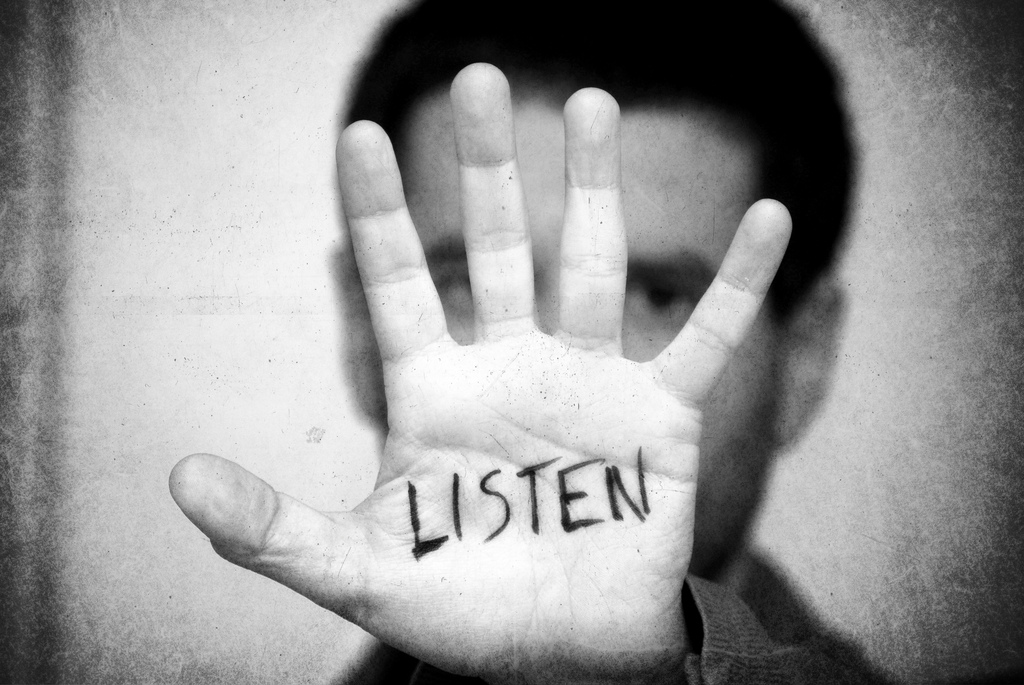
Listening as an opportunity to make shifts in philanthropy
I want to build off of Pia Infante’s recent post lauding Ford Foundation President Darren Walker’s letter explaining significant shifts in both what and how the foundation funds. Pia lifts up that Ford not only engaged in a deep process of listening to its grantees – they actually acted on what they heard. In closing she states,
We also hope that the practice of listening extends well beyond the shaping of this new direction, and is integrated into widespread implementation, at Ford and in many other contexts.
I thought about her reflection more than a few times over the past week as I got around to different things that had popped up in my inbox (the challenge of keeping up with the volume and range of stuff being written about philanthropy is a topic for another post!).
First, was Grant Oliphant’s commentary that his main takeaway from The Center for Effective Philanthropy’s recent conference was that foundations need to rethink their understanding of power — specifically, they need to learn how to share power within the social sector. He notes, “The importance of listening in that equation was a constant refrain at the conference.”
The authors (also the guest editors of Alliance’s special feature on feedback) provide a thoughtful overview of how constituency (or beneficiary) feedback holds the promise of not only transforming work within the social sector, but of transforming democratic practice writ large. Fulfilling that promise, however, rests on our organizational and civic cultures reflecting not only a deep commitment to listening but providing durable structures for intentionally soliciting actionable feedback from those whose voices are often not heard.
Providing structures for beneficiary feedback was on my mind when I came across Lisa Ranghelli and Yna Moore’s post about NCRP’s Philamplify Initiative.
Launched a year ago, Philamplify “seeks no less than a reshaping of the culture of philanthropy from one that’s “killing itself with kindness” and where foundations are encased in an “isolation bubble” to one where direct feedback and critique are welcomed and encouraged.”
One challenge the authors highlight is getting nonprofits to publicly provide direct feedback – even when there are anonymous platforms for doing so. This is in contrast to people’s willingness to share what they are thinking when they are in a safe “one-on-one environment.”
They conclude their piece by saying, “We are reminded that nonprofit leaders have so few opportunities to provide feedback in a safe environment. We all need to create safe spaces for input in philanthropy.”
Reading this, my thoughts looped back to Darren Walker’s admirable letter. Not only did he signal welcome changes in how Ford funds (e.g. more general operating support) he publicly highlighted how important the process of listening was to making significant shifts in direction.
I don’t think we can overestimate the importance of holding up listening as something we need to embrace as a foundational piece of our organizational and civic cultures if we hope to spark transformational change. That others are making that case in a range of contexts within philanthropy is encouraging indeed.
So, my closing question for funders and practitioners alike is: How do you create safe spaces for input and reflection for the people you serve and the people you work with? And if you’re not, why not?